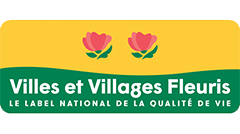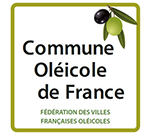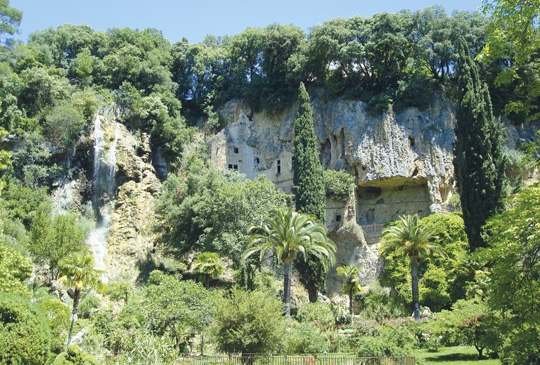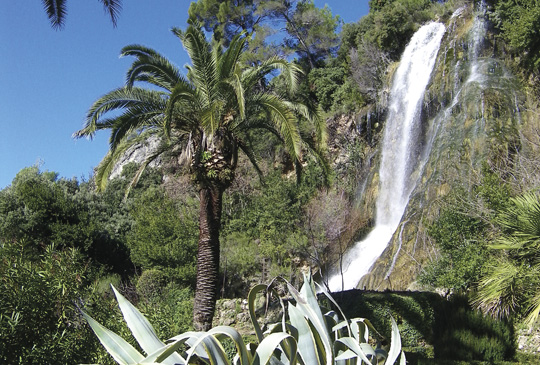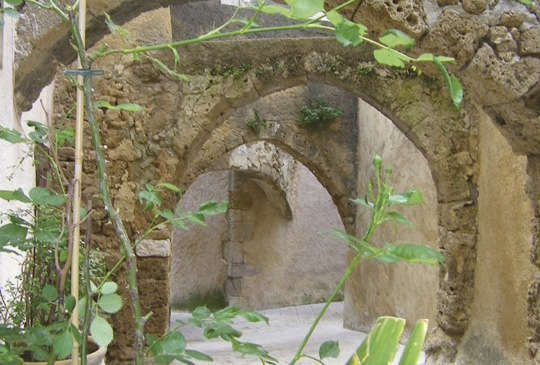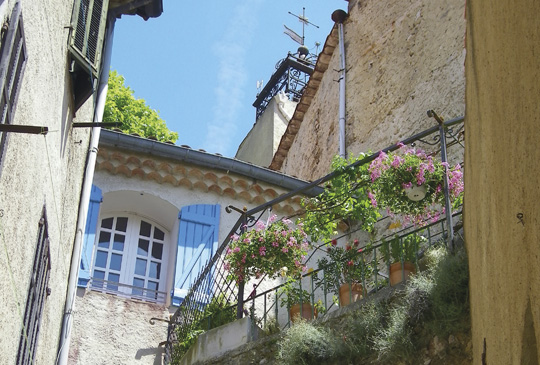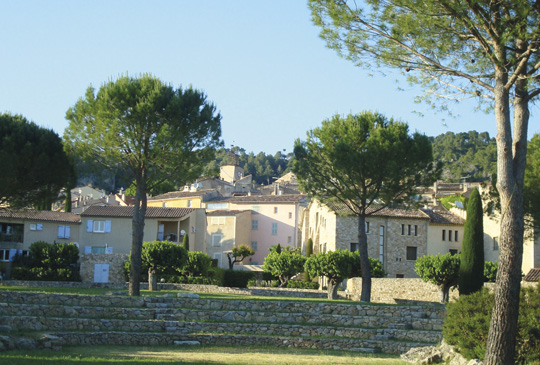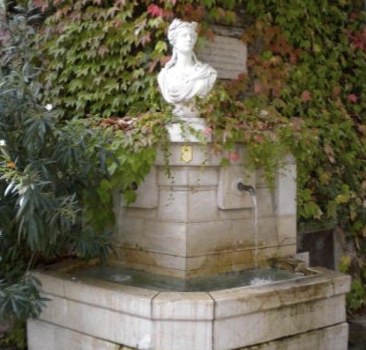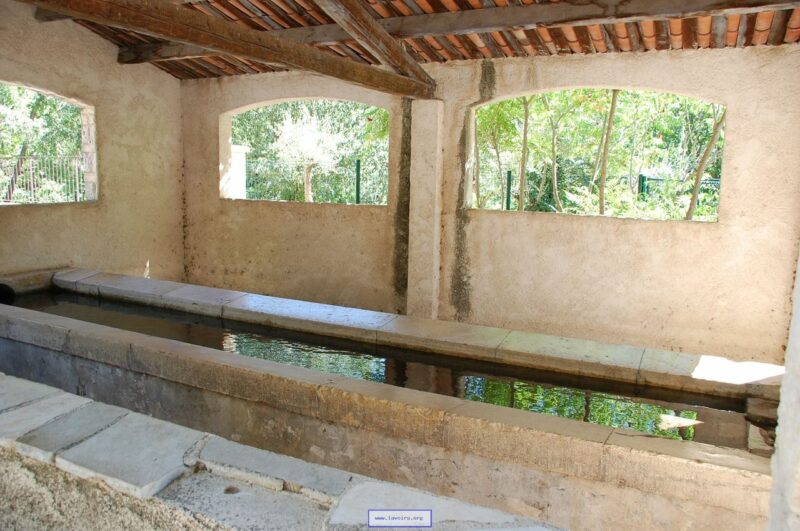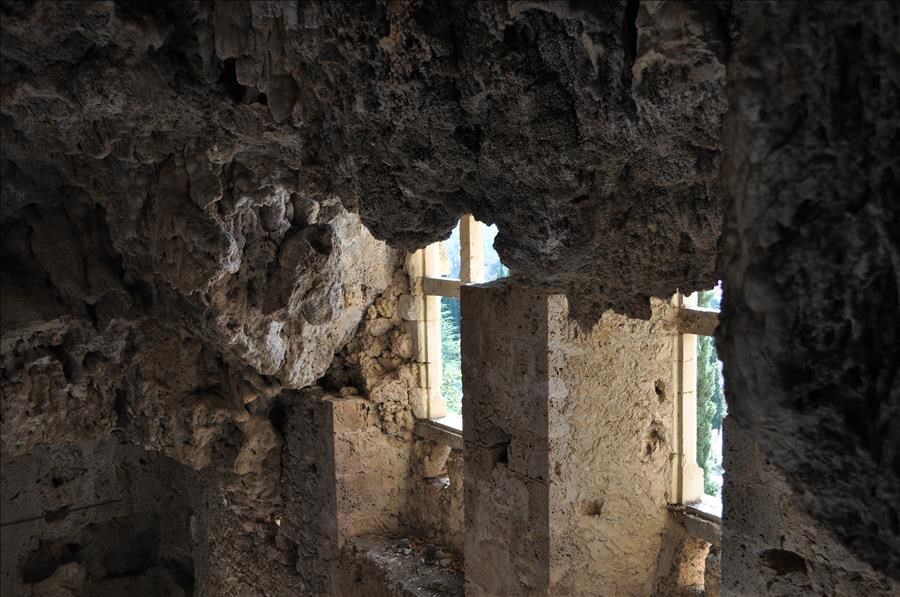Villecroze’s seven fountains circuit
Let's begin our tour with the fountain at the Champ de Foire (no. 1) on Place Général de Gaulle, opposite the local school. On November 29, 1909, a water conveyance system was planned to bring water from the caves to the school, and two years later, a fountain was built. This was in response to a request: to facilitate watering of the surrounding gardens and meadows. Once you've crossed the square, we invite you to pass under the arch next to the Notre Dame des Sept Douleurs church, where you'll see the Marianne fountain (n°2) on the other side of the street.
Aside from the assured age of this fountain, we know little about it and are looking for more precise information. Heading down towards Salernes, you can admire the Brousson d'Or fountain (no. 3), located in Place de la Souvenance, opposite the town hall: "brousson" meaning a fountain pipe in Provençal. This fountain is also known as the Bouche d'Or fountain. A small, well-polished, shiny copper pipe directed the water flow. The fountain had four inlets and a rinsing basin.
This was the first fountain to be built in Villecroze, when the castle was purely feudal. The immediate surroundings of the castle were equipped with gates, closed at night or in times of siege. When the village was isolated, the Brousson d'Or fountain supplied water. Let's now enter the old fortified village, under the porch of the campanile. In the pretty Place de l'horloge, set against the château wall, stands the château fountain (no. 4), which dates back to 1870. Authorization for its construction was given in May 1867 by the office of the first division of the Var Prefecture in Draguignan at the time.
Further down the rue de France, you'll find the rue de France fountain (no. 5). This is a utilitarian fountain with a rectangular basin. Rue de la basse fontaine, opposite the communal oven*, is the basse fontaine (no. 6). We don't know when it was built, but the municipal archives indicate that repairs were carried out in 1749. Finally, up Rue Roger Maurice, you'll find the Bourgade fountain (no. 7), which was the street's former name. On February 11, 1849, a subscription was signed by 19 local residents.
The sum of 100 francs and 50 centimes was paid into the town hall fund to support the construction of this fountain. * In the feudal system, "banalités" were technical installations that the lord was obliged to maintain and make available to all inhabitants of the seigneury. The quid pro quo is that residents can only use these seigneurial facilities, and for a fee. These were technological monopolies, definitively abolished in 1793.




